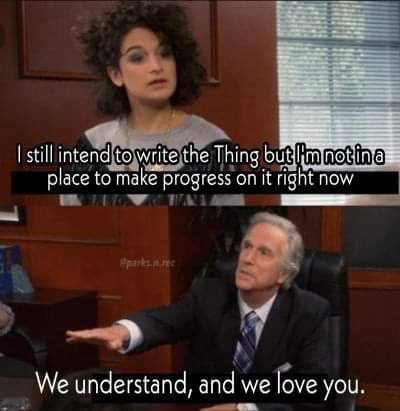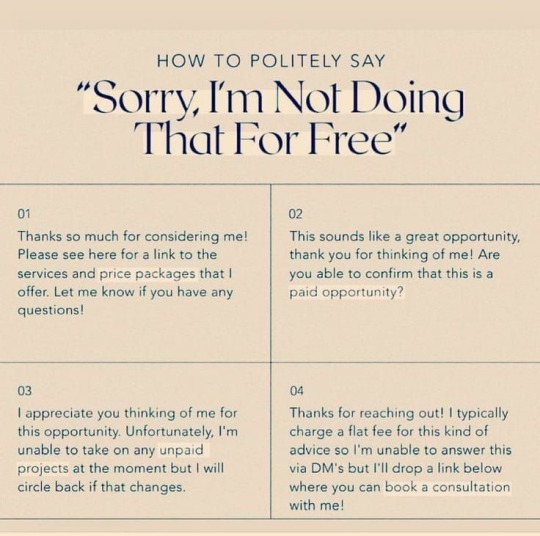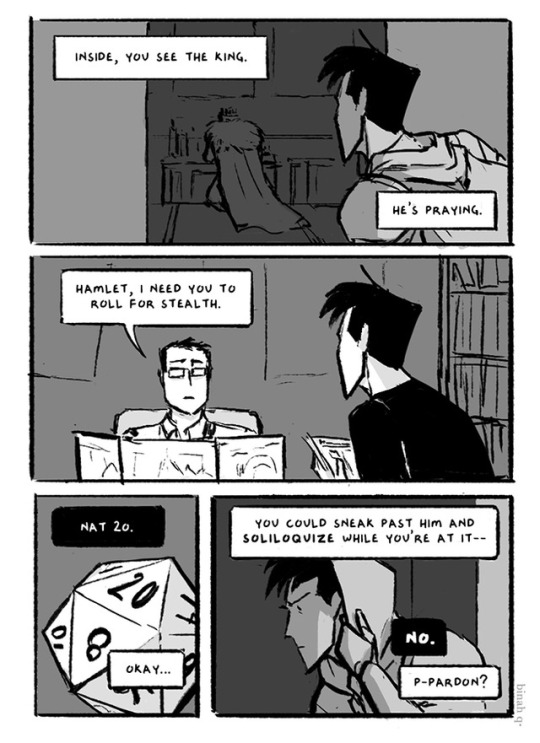Author of The Hero Dies in the End. Extra tidbits, updates, and whatnot will be shared here. Cheers.
Don't wanna be here? Send us removal request.
Text
As a writer, I feel this specifically.

Microsoft Productivity Pack for Windows (1992)
31K notes
·
View notes
Text
How to Introduce and End Flashbacks
Introducing a Flashback
Through Sensory Triggers A sound, smell, or physical sensation can catapult a character into a memory. Example: The faint scent of jasmine wafted through the open window, pulling her back to her grandmother’s garden. She could almost feel the warm sun on her back as they planted flowers together, her grandmother’s laugh ringing in her ears. Sensory cues are especially effective because they feel immediate and relatable.
Using an Object or Photo Physical items are natural prompts for reminiscing. Example: He picked up the crumpled letter, its edges worn with age. As his eyes scanned the familiar handwriting, the years fell away. He was 16 again, reading those very words for the first time.
Dialogue That Sparks a Memory A conversation can easily lead to a flashback when a particular word or phrase resonates. Example: “You always overthink everything,” she said, laughing. He froze. Those were the exact words his father had thrown at him that night, before slamming the door and leaving for good.
A Character’s Internal Reflection This works well in introspective or emotional scenes. Example: As she stared at the divorce papers, her mind drifted to the first time they’d met.
A Sudden Triggering Event High-emotion events often cause memories to resurface. Example: The screech of tires on asphalt sent a cold shiver down her spine. In a heartbeat, she was back on that icy road, watching headlights careen toward her father’s car.
Dream or Hallucination For a more surreal tone, a dream or hallucination can segue into a flashback. Example: The dream unfolded like a reel of film, showing her the beachside house they’d once called home. She saw herself, small and wide-eyed, chasing the waves as her father’s voice called out in laughter.
Abrupt, Emotional Break For intense moments, an abrupt flashback can mimic a real-life flood of memory. Example: The argument escalated, he slammed his fist on the table. The sound echoed in her ears, morphing into the memory of her father’s hand hitting the dining room table, his voice booming in anger.
Ways to End a Flashback
Tie Back to the Trigger Return to the sensory cue or object that initiated the flashback. Example: The scent of jasmine faded, and she blinked, back in her office. The garden was gone, replaced by the gray walls and the cold glow of her computer screen.
Return to Present Action Use a sharp, present-day event to jolt the character back. Example: “Hey, are you even listening?” Her coworker’s voice snapped her out of the memory. She turned, realizing she’d been staring at the clock for minutes. OR “Are you okay?” His voice cut through the silence, pulling her out of the memory. She nodded quickly, hiding her unease.
Reinforce the Emotional Impact Show how the flashback has affected the character’s current emotions or decisions. Example: The memory left her hands trembling. She wiped her eyes quickly, unwilling to let the tears win this time. She had a meeting to face.
Transition with a Parallel Action Use a seamless flow between the past and present through similar actions or emotions. Example: In the memory, she had dropped the vase, its shattering echoing in the quiet house. Back in the present, her hand hovered over a similar vase on the shelf. She hesitated, her breath shallow, before carefully setting it down as if the past might repeat itself.\
Narrative Reflection Let the character or narrator explicitly acknowledge the memory and its significance. Example: She exhaled, shaking off the memory like dust from an old book. It didn’t matter anymore, she told herself, but her heart still felt heavy.
Anchor to the Setting Bring the reader’s focus back to the surroundings. Example: The memory faded, and she was left staring at the cracked pavement under her feet, the late afternoon sun casting long shadows over the street.
4K notes
·
View notes
Photo
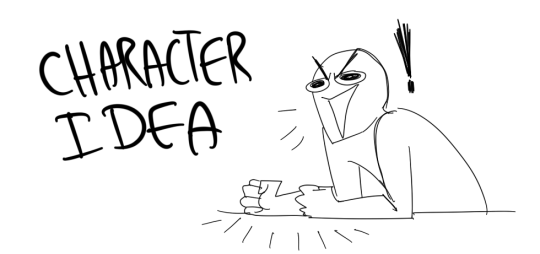
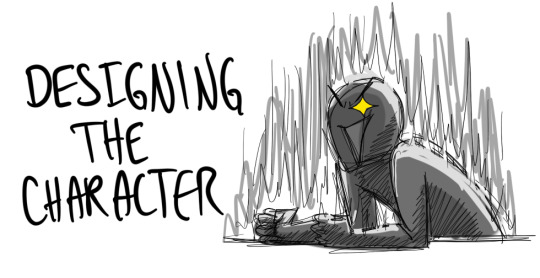


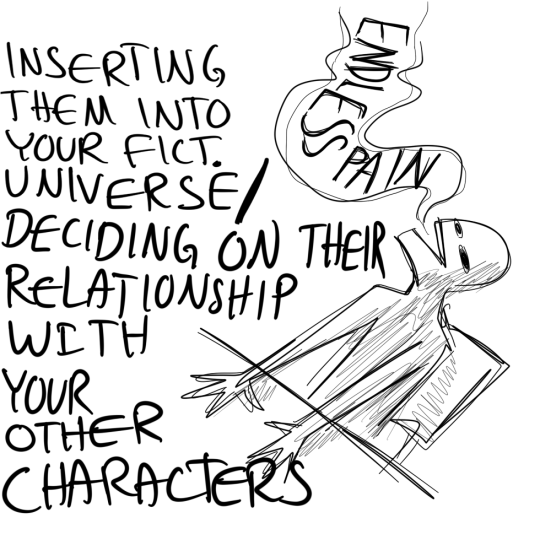
the suffering never ends
706K notes
·
View notes
Text
One of my favorite tropes is character with a nasty toxic personality who tries very hard to do the right thing anyway
118K notes
·
View notes
Text
Your goal should be to get weirder with age and im not kidding. Become that odd estranged extended family member that owns a whacky home wherein a powerful magical item is kept that is the catalyst for the story of a children's adventure novel protagonist
39K notes
·
View notes
Text
saw a woman comforting her sobbing child saying “i already told you, you have to keep looking forward, looking back just gets you hurt” and i thought she was sharing a beautiful life lesson about the importance of letting go of regret and resentment. but it turns out the kid just wasn’t looking where he was going and ran into a wall
62K notes
·
View notes
Text
depiction isn't endorsement but not all depictions have the same merit
11K notes
·
View notes
Text
THOSE THINGS. Peak technology right there.

something something cats and dogs
2K notes
·
View notes
Text
i dont hate shipping i just think a lot of you people maybe like shipping too much
30K notes
·
View notes
Text

This is the kind of messaging you really want to be seeing from the global hegemon
39K notes
·
View notes
Text
a book really is like. the pinnacle of objects. just peak form. the rare human win for coming up with them.
81 notes
·
View notes
Text
THIS LOOKS SO COOL!!!!!!
IT'S TIME! The Far-Fetched Animated Pilot Kickstarter has officially LAUNCHED! To kick things off, here's a first look at our fully animated series opening!
Consider donating, spread the word, and help us bring this beast to life!
9K notes
·
View notes
Text
medieval knight raising the visor on his helm just so you can see him rolling his eyes
44K notes
·
View notes
Text
“The writer's job is to get the main character up a tree, and then once they are up there, throw rocks at them.” — Vladimir Nabokov
3K notes
·
View notes
